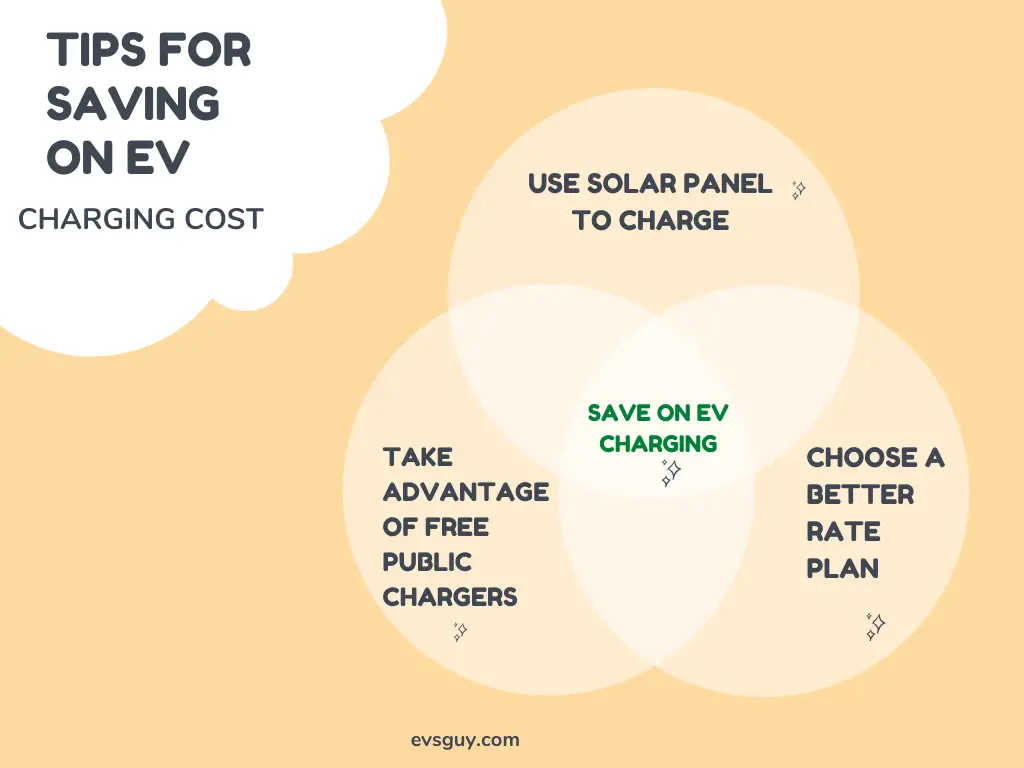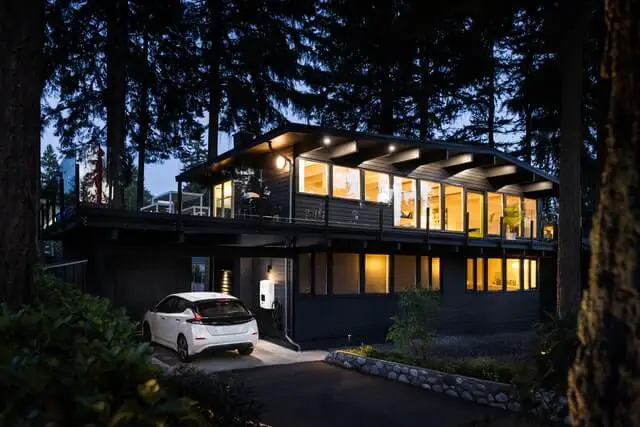Last Updated on May 30, 2023 by Rose Morah
Driving an EV in California can be expensive. Some EV owners in this state consider it not worth it.
However, how much you spend on EV charging in California greatly depends on a number of factors, which we are going to discuss shortly. But, generally, the cost will mainly depend on an individual and at times the type of car.
We recently gathered feedback on the cost of charging from some EV drivers in California. The result was not the same in spite of them being in the same location.
As you might already be aware, the cost of EV charging will vary depending on your location. For instance, EV owners in rural Oregon will mostly tend to spend less on home charging compared to those in California.
Moreover, some EV owners pay way more on home electricity bills than others, every end of the month, and sometimes even more than the gas price.
Based on the monthly cost of electricity over the years, we found out that over 40% of EV owners in California don’t consider owning EVs worth it, while the rest disagreed.
The following are some of the factors that determine the cost of EV charging in California or the reasons why some EV owners in California pay more than others:
- The type of EV they own.
- Daily distance traveled in a day. Some use their cars for delivery, which means it will cost more than the average person who only uses their EV to go to work or to run errands.
- Charging times.
- Electric Supply Company.
See the Electric Car Rebates and Incentives In California
So, if you fall in the 40% category of EV owners who pay more on electricity bills, the following are the best tips for saving money on EV home charging in California.
1. Install Solar Panels at home
In most cases, it is cheaper to use solar than electricity. Solar energy not only saves you on the charging costs but also on general electricity usage.
For instance, a Southern California Tesla owner who has installed solar at his house reported paying at least $30 to $50 per month throughout the year on electricity and he uses A/C throughout the day.
Other Tesla owners using solar, reported paying about $1.12 per 100 miles driven.
BMW i3 owners reported paying about $0.95 per 100 miles driven.
Arcimoto FUV owners reported paying about $0.66 per 100 miles driven.
Some EV owners reported paying nothing ($0) on electricity bills in some months because solar produces more energy than they actually use.
Related:
Solar Panel Home Installation: What To Consider Before Installing.
How many Solar Panels You Need To Power Your House (Complete Guide).
7 Things to Consider Before Installing an EV Home Charger (EV Home Charger Installation).
Types of electric vehicles (EVs) and which one you should buy.
2. Free charging
Most EV owners who live in apartments in California make use of free public chargers.
Luckily, there are currently a ton of free rapid chargers available in California. This is super great!
Additionally, Plugshare is one of the best road trip planner apps that help you find free chargers.
You can save a lot more when charging at public places by enrolling in programs that offer you better rates or free charging for as long as you are a member.
Nissan Leaf Charging Guide (Best Charging Tips and Tricks).
Tesla Camping Sites: Where to Find Tesla Camping Locations.
3. Choose a better rate plan
Choose a better electricity plan that will suit your needs. For example, Time-of-use (TOU) rates are designed to shift energy usage to off-peak hours when the cost of electricity is lowest.
While EV-TOU will program your EV to charge during super off-peak hours, it will also save you even more money by shifting the household use to the time of the day when the cost of energy is low (off-peak).
Most EV owners who switched to EV-TOU reported a reduction in their monthly electricity bills. This is considering that they were previously paying more on electricity because EV miles would cost more than gas miles.
However, as I had earlier mentioned, the type of EV will determine how much you save on electricity costs. For this same reason, most EV drivers who own Prius Prime tend to save a lot on the charging cost.
This is mainly because Pius Prime’s battery is 8.8kWh which can only be home charged for about 5 hours.
On the other hand, other EV owners who had hybrids that have a bigger battery size reported an increase in electricity bills even after choosing the EV-TOU plan.
For more information on these plans, you can check out the SDGE and PG&E EV rates and see which works best for you. You can use their website calculator to calculate your potential savings.
Other Things To Consider when you want to save on EV home charging.
- Set a timer on your EV to only charge at off-peak times while you are asleep.
- Do most of your laundry on weekends, mostly before 2 PM.
- Change your lifestyle, especially habits that contribute to higher energy consumption.
All the best!





